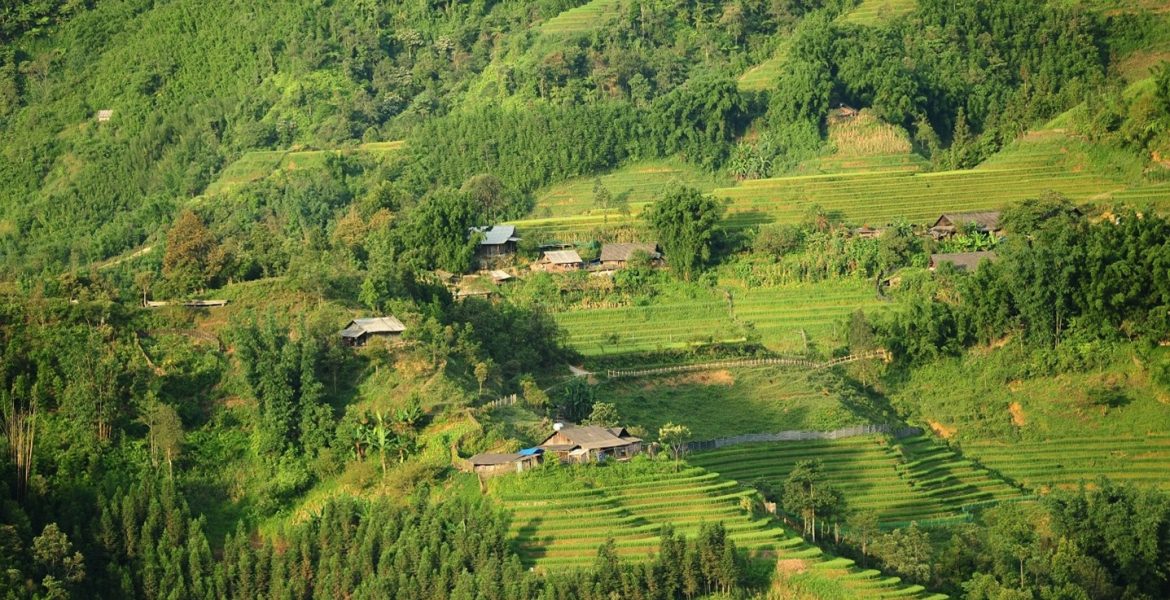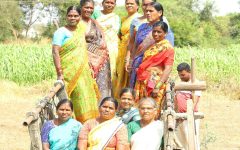Sikkim Green Policy : A Policy Brief
September 2, 2025 2025-09-02 11:21Sikkim Green Policy : A Policy Brief

Sikkim Green Policy : A Policy Brief
By Adiiti Aggarwal
Executive Summary
Sikkim has positioned itself as a global pioneer in sustainable governance, being the first state to ban plastic (1998) and the first 100% organic state (2016). Its policies integrate biodiversity conservation, eco-tourism, and climate resilience. However, increasing tourism pressure, climate change impacts, and market gaps threaten these achievements. This brief outlines Sikkim’s policy framework, highlights emerging challenges, and proposes six actionable steps for MPs, NGOs, administrators, and civil society to safeguard and scale its green transition.
Background
Sikkim, a Himalayan state in Northeast India, has becomea benchmark for integrating environmental conservation with economic development. The 2006 State Green Mission aimed to expand green cover, prevent soil erosion, and promote eco-tourism through community-based mass afforestation.
Existing Policy Framework
1.Organic Farming
After a decade-long transition away from synthetic inputs, Sikkim became the first 100% organic state in the world in 2016, converting over 76,000 hectares. This has benefited thousands of smallholder farmers while maintaining soil and water health.
2. Sikkim Green Mission (2006)
Community-driven afforestation, including cultural practices like planting 108 saplings at a child’s birth, has created a sense of ownership over forests and biodiversity.
3. Plastic and Styrofoam Ban
Sikkim banned plastic carry bags in 1998 and later extended the ban to styrofoam products and packaged drinking water at government events. However, enforcement gaps persist in rural markets due to limited eco-friendly alternatives.
4. Eco-Tourism Policy (2011)
Promotes low-impact infrastructure, local livelihoods, and adherence to Global Sustainable Tourism Criteria. Locations like Dzongu and Yuksom have adopted eco-friendly homestay models.
5. Biodiversity & Forest Protection
47% of Sikkim’s land area is under forest cover, including UNESCO-listed Khangchendzonga National Park. Policies ban open grazing, protect sacred groves, and promote community forestry to safeguard red pandas, Himalayan musk deer, and rhododendrons.
6. SDG Integration
The SDG Baseline Report aligns state spending on waste management, tourism, and forestry with UN Sustainable Development Goals. Tourist inflows at Yumthang Valley and Tsomgo Lake, however, threaten fragile alpine habitats.
Key Challenges
- Tourism & Waste Enforcement: Overcrowding, littering, and water contamination in popular sites; plastic bag use persists in markets.
- Climate Vulnerability: 9th most climate-vulnerable Indian state; facing forest fires, glacial retreat, extreme weather, and repeated landslides (2013 & 2023).
- Infrastructure-Ecology Trade-offs: Hydropower and highway projects intersect protected areas.
- Market Gaps for Farmers: Limited marketing, storage, and export options for organic produce; price premiums often lost to middlemen.
- Enforcement Inefficiencies: Weak monitoring of bans, waste segregation, and forest protection rules.
The Way Forward
1. Digitised Monitoring
Create district-level Green Policy Monitoring Units (GPMUs) and a mobile app to track forests, plastic, and waste compliance.
2. Site-Specific Tourism Controls
Introduce carrying capacities, seasonal quotas, and eco-pass systems for sensitive sites; adopt a zero-waste trekking protocol.
3. Climate-Smart Infrastructure
Mandate environmental risk assessments for all major projects; implement bamboo-based slope stabilisation in road and hydro sites.
4. Green Livelihood Expansion
Develop state-supported e-marketplaces for organic produce; invest in cold storage, branding, and eco-enterprises.
5. Community Incentives
Launch carbon credit schemes and tax benefits for zero-waste and afforestation panchayats.
6. SDG-linked Budgeting
Embed environmental KPIs into tourism, agriculture, and forestry budgets, with block-level dashboard tracking.
Call to Action
To protect Sikkim’s ecological gains, enforcement must be tightened, economic incentives for green livelihoods strengthened, and climate resilience mainstreamed into all development planning. MPs, NGOs, and administrators have a role in funding, enforcing, and scaling these measures. The Sikkim model can guide other Himalayan and mountain states toward sustainable, community-driven growth.
References
Wikipedia – Rangit Dam https://en.wikipedia.org/wiki/Rangit_Dam
Government of Sikkim – SDG Baseline Report https://planningcmsapi.sikkim.gov.in/assets/MediaLibrary/78d317da-290d-46b1-93f6-83546e6d87d3_SIKKIM-SustainableDevelopmentGoals.pdf
UNESCO World Heritage Site – Khangchendzonga National Park https://whc.unesco.org/en/list/1513/
Government of Sikkim – Ecotourism Policy 2011 (NSWS Portal) https://www.nsws.gov.in/s3fs/2022-12/Sikkim%20Ecotourism%20Policy.pdf
The Sikkim Chronicle – Plastic Bottle Ban Implementation Issues https://www.thesikkimchronicle.com/despite-ban-on-plastic-water-bottle-in-sikkim-yet-2-1-ltr-plastic-water-bottle-in-market-heres-why/
FAO India – News: Sikkim Organic State Recognition (2018) https://www.fao.org/india/news/detail-events/ru/c/1157760/
Green Economy Coalition – Sikkim’s Ecotourism Evolution https://www.greeneconomycoalition.org/news-and-resources/sikkims-eco-tourism-evolution
MoEFCC – Sikkim Environment Profile (2017) https://moef.gov.in/uploads/2017/09/Sikkim.pdf
FAO Report – Sikkim Organic Value Chain Case Study https://openknowledge.fao.org/server/api/core/bitstreams/507bf778-a964-415f-92ed-a6f183ba77e6/content
Sikkim Integrated Service Provision and Innovation for Reviving Economies Program https://documents1.worldbank.org/curated/en/099713403222431168/pdf/IDU1056aa7b1155ad1489719bff1071322227ea8.pdf
Unsplash https://unsplash.com






